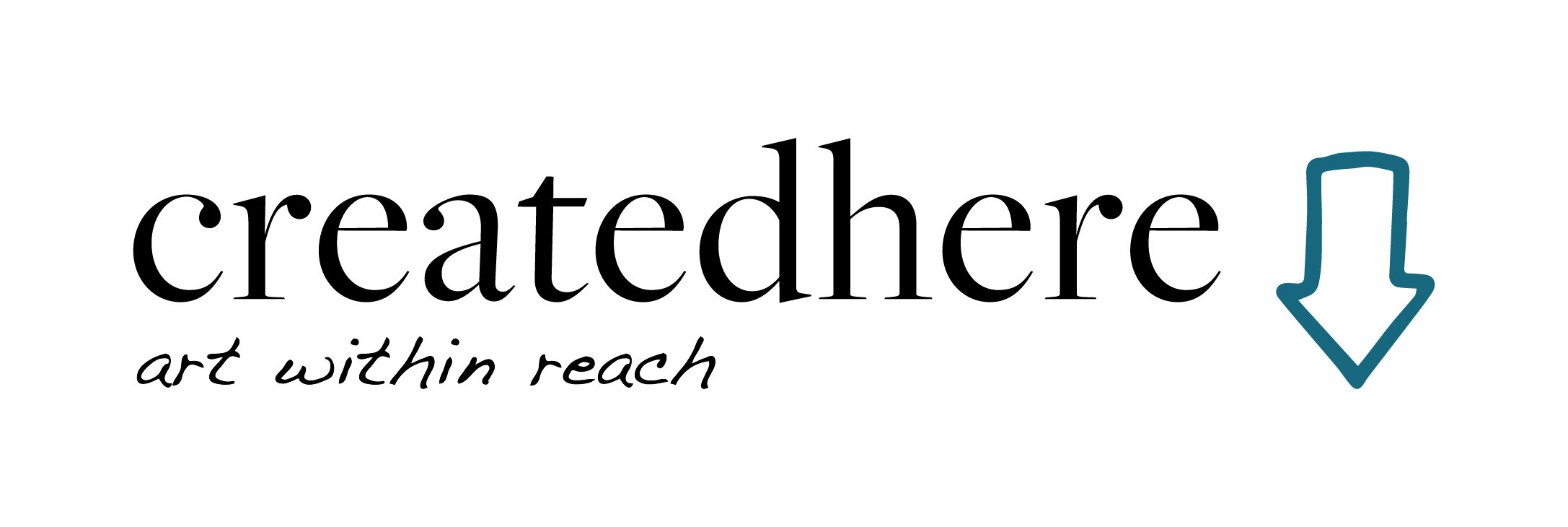[Sustainable Studios] A Sustainable Design Exercise | Drew Gilbert
Drew Gilbert has always been interested in the environment. He grew up in nature, observed how everything was connected, and realized he was a part of it all.
“When you live in nature. . .You’re aware of how the river is attached to your well, you're aware of how the forest is attached to your field, which is attached to your residence,” he said.
Photo by Drew Gilbert.
Drew’s passion for the environment drove him to create a sustainable life for himself: a decade ago, he embarked on a journey to create an off-grid house. When he originally purchased the building in Taymouth, N.B., it was old, run down, leaky and had gaps in the windows. He calls the process of converting it a “sustainable design exercise.”
Creating this house seems like a natural step for Drew. As an artist, photographer, and photography instructor at the New Brunswick College of Craft and Design, the house is a place where he can learn, grow, experiment and design, while also teaching by example to those around him.
Screenshot from “Solar Life - Episode 7: Snow Covered Solar Panels.”
Learning Through Seeing
Growing up in the country, Drew didn’t only see beauty. He also saw destruction, floods, forest fires, and experienced people act in hatred and bigotry. He continued to study the environment but in a more intentional way, and went on to take archaeology in university, hoping to help First Nations people uncover history and fight land disputes.
“Turns out the only jobs in archaeology are clearing a way for bulldozers and environmental impact assessments,” he said.
Even though archaeology wasn’t the right path for him, he still made some “shocking revelations” in university. He learned more about reconciliation, racism and inequality in New Brunswick, as well as hidden environmental degradation, economic and taxation issues.
“I think we all have a responsibility, even more so now, because we have an awareness that there's something wrong. And we all have an ability to do something about it.”
Responding by Designing
Drew’s off-grid way of living is a direct result of the responsibility he felt. The process is ongoing, as is the building of the structure itself which he’s taken into his own hands. He taught himself how to weld a metal bar that holds 1000lbs of solar panels, and this past summer, he put in a solar thermal hydronic system to heat hot water.
“As a designer I feel like that's an important part of the evolution of being a designer, or an artist or whatever. I mean, I don't look at this stuff as art, but to me it's functional design work.”
Drew scrapes snow off solar panels. Screenshot from “Solar Life Episode 8 Panel Adjustment Experiment.”
Drew documents the process of building the house on his YouTube channel SolarScoobyD.
In his series “Solar Life,” he shares his experiences learning how to live off-grid. He wants to show others that everyone can make changes in their lives to live more sustainably.
“For people to see that a normal person can afford this kind of stuff and if you just make the commitment, you can make a huge impact, both in your own world but also in the community of people that you have around you.”
Photo by Drew Gilbert.
Drew brings this mindset into every part of his life, including though teaching at NBCCD.
“I can train artists who can go out and take on the world. And as a teacher and an instructor in a creative institution, I can only hope that the example that I lead, and the types of things that I share with my students, will inspire them to go out and use their skills towards things that they're passionate about.”
Jerry-Faye Flatt was a summer reporter for CreatedHere Magazine and is now the Student Life Coordinator at the New Brunswick College of Craft and Design. She’s a recent St. Thomas University grad who double majored in journalism and communications. Jerry-Faye spent her final year at university as the Managing Editor of The Aquinian, STU’s official student newspaper, after working as the Arts Editor in her previous year. When she’s not busy out getting the latest scoop, you can find her playing in bands or driving around in her red 1981 Ford Econoline van. If you have a story tip, you can contact her at flatt.jerryfaye@gmail.com.





